
If staring at a blank computer screen while you try and dream up inspiration for promoting your brand is getting you down, read on.
By learning how to use ChatGPT for marketing, you can generate marketing content that will appeal to your potential customers.
In this article, we walk you through the basics of how to use ChatGPT for marketing. We also share a few of our favorite practical tips to bolster your marketing efforts.
Understanding ChatGPT
By now, most of us have heard about ChatGPT. Every day it seems there is a new article about what it can and cannot do. Many of us have spent some time testing its vast knowledge base, language skills, and writing capabilities. I have also had quite a few laughs being on the receiving end of the chatbot's know-it-all botsplaining ways.
But fun aside. Did you know that ChatGPT can help you improve and simplify day-to-day business tasks like marketing?
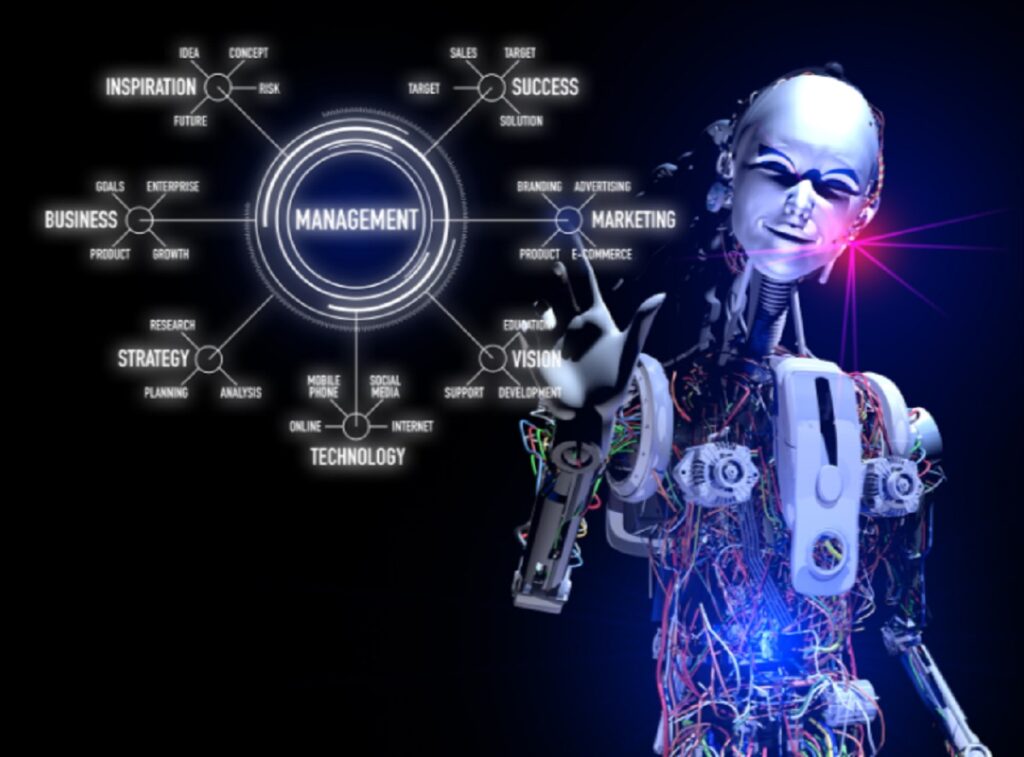
As AI technology becomes more sophisticated, it is important to invest time in understanding how to use tools like ChatGPT for marketing.
Having said all that, it is wise to remember that ChatGPT does have its limitations.
- ChatGPT’s training ended in 2021, so it has no knowledge of recent events or information.
- The LLM bases its answers on what it has learned; it cannot come up with any original ideas.
- ChatGPT will sometimes give incorrect answers or false “facts.”
- It does not understand human emotions and can generate insensitive or biased text.
Keep in mind that OpenAI also provides an API for ChatGPT – it is called GPT-3.5-Turbo. With this API, you can integrate the chatbot into your website or app to take full advantage of its language processing capabilities. (We will not be covering the API functionality in this article.)
Now we’ll take a look at how you can use ChatGPT for marketing tasks.
7 Different Ways to Use ChatGPT For Marketing
Take a look at what ChatGPT has to say about how it can improve your marketing efforts.
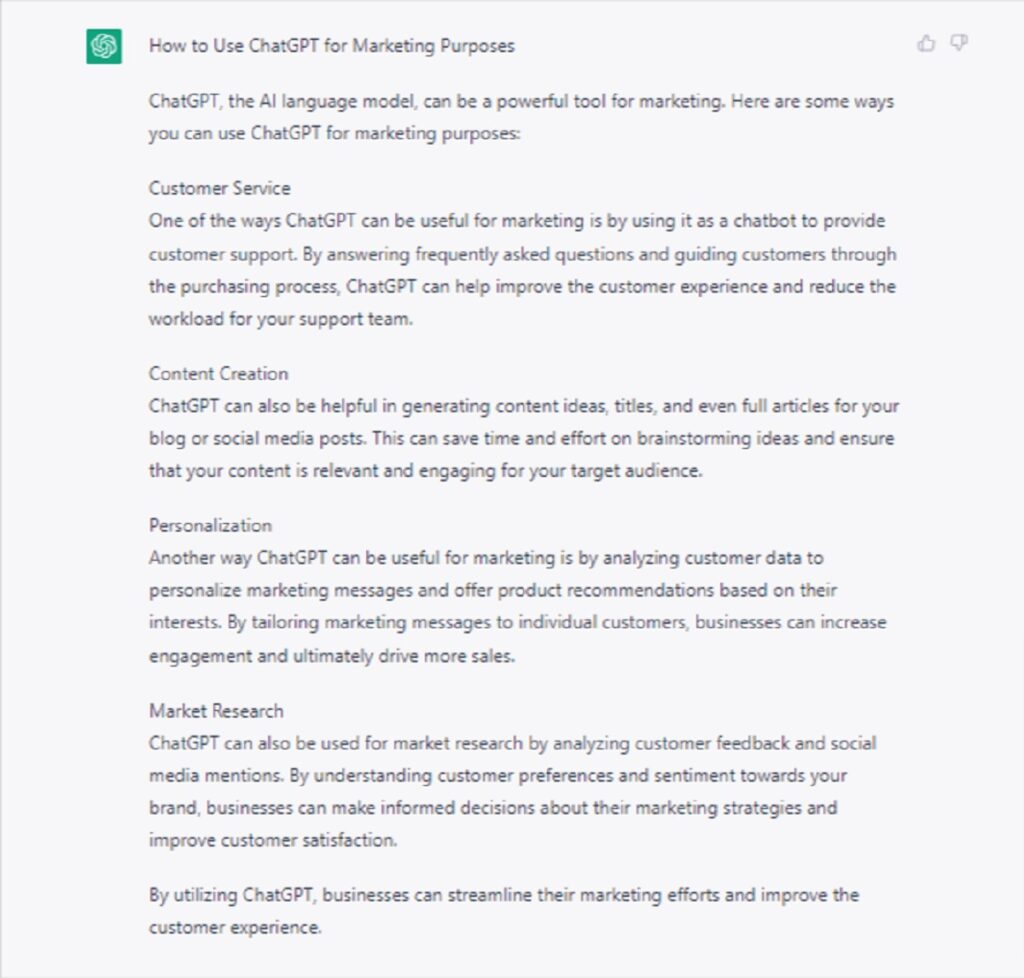
And here are seven different ways we have come up with that businesses can use ChatGPT for marketing.
1. Content Marketing
Let’s take a look at how ChatGPT can help with your content marketing efforts.
You can use the chatbot to get content ideas for social media and new posts. But keep in mind that these have to be validated in terms of search volume, keyword difficulty, intent, etc., using tools like Google Trends, Ahrefs, or SEMRush.
If at any stage you have to do keyword research, use the above tools; ChatGPT is not a keyword research tool.
Then, to create an outline, we suggest you use a tool like Thruuu to extract current ranking post outlines. You should aspire to structure your post as closely as possible to the leading articles in terms of structure.
Using the outlines of the top-ranking articles, ask ChatGPT to combine them into a new outline for your blog post. Take a look at our article on how to use ChatGPT for SEO for more detailed information.
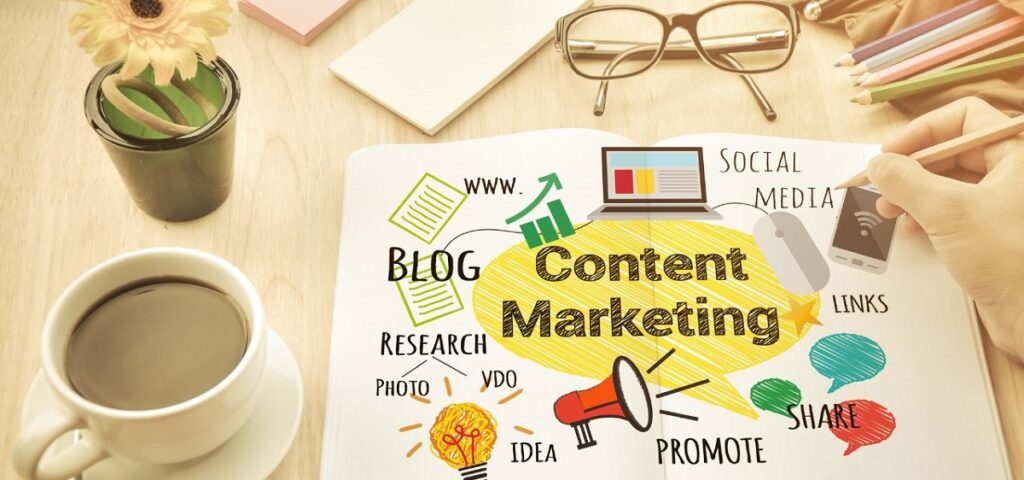
In terms of writing content, ChatGPT will be at its best in the first 500 words. After that, it could become repetitive. So it is a good idea to have ChatGPT generate your blog post in parts.
Generally, the content generated will not be innovative. It may also lack emotion, and all facts will have to be verified. In short, it will probably need some personalization and editing.
You could ask ChatGPT to provide references, but these will be from before its 2021 cut-off date and may even be vague or untraceable.
Nevertheless, you can guide ChatGPT to write a decent blog post. Give the content substance by prompting ChatGPT to use keywords you provide and to write in a style that resonates with your brand.
In summary, use ChatGPT as a writing assistant. You can produce high-quality, relevant content using your unique prompts and keywords.
2. Build Sales Funnel Content
A sales funnel is a key complement to any marketing strategy. You can use ChatGPT to find topics from which you can build out the content for your sales funnel. This way, you are sure to target the right sales leads at the right time.
An expanded sales funnel consists of these parts:
- Awareness. In the first stage, someone first learns about your company, product, or service. They become aware of a problem and discover possible solutions. At this stage, the focus is on making prospects aware that you have products or services to solve that problem.
- Interest. After becoming aware of your brand, the next stage is to increase their interest and learn about your offers. Prospective customers start actively looking at how your offer solves their problems.
- Desire. Prospective customers research and compare multiple products/offers to find the best solution for their budget and needs. Your company's goal is to stand out with the best answer to their problem. Product reviews and testimonials can demonstrate the value of your solution.
- Action. The action stage is when a prospective customer decides to make a purchase. The priority is to successfully fulfill their needs and expectations by offering extra support or educational materials on your product.
- Loyalty. Customer loyalty focuses on turning a customer into a repeat buyer to reduce the cost of finding new prospects. Retention strategies keep customers satisfied and also drive word-of-mouth marketing.
Be specific about the part of the sales funnel you wish to address. Here is an example of topics to cover at the awareness stage of the sales funnel.
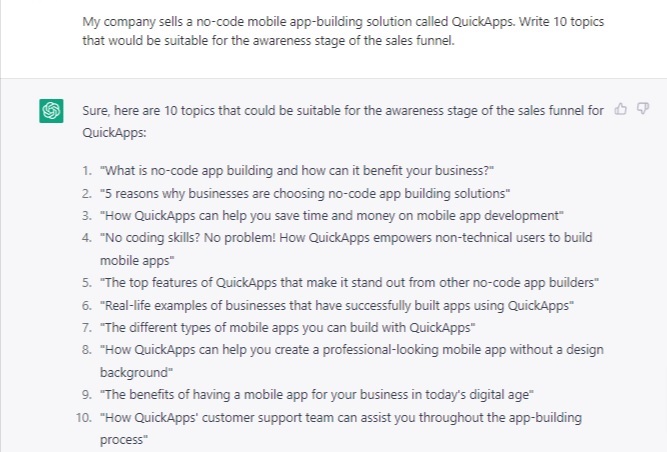
As is true for all content, just be sure to check the topics ChatGPT gives you with an SEO tool before you create the post.
3. Social Media Marketing
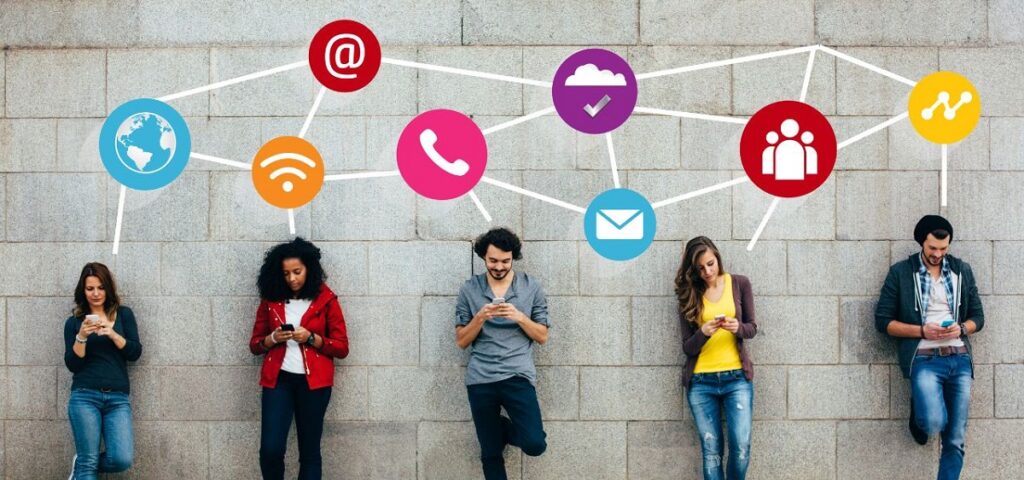
ChatGPT does very well when writing creative posts for Facebook, LinkedIn, Twitter, and Instagram. It is good at imitating the formats and styles of these platforms.
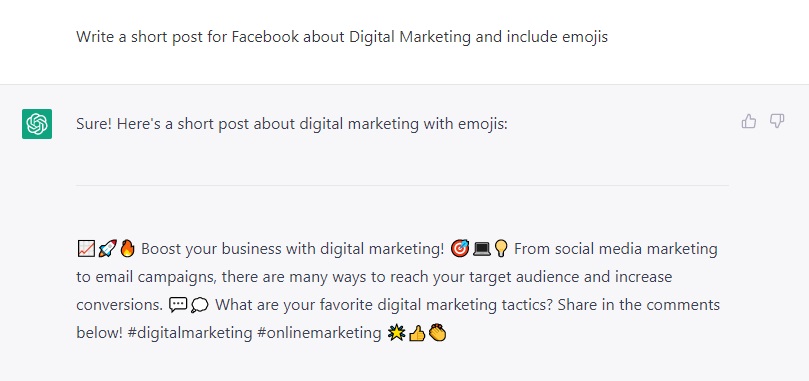
And here is a LinkedIn example.
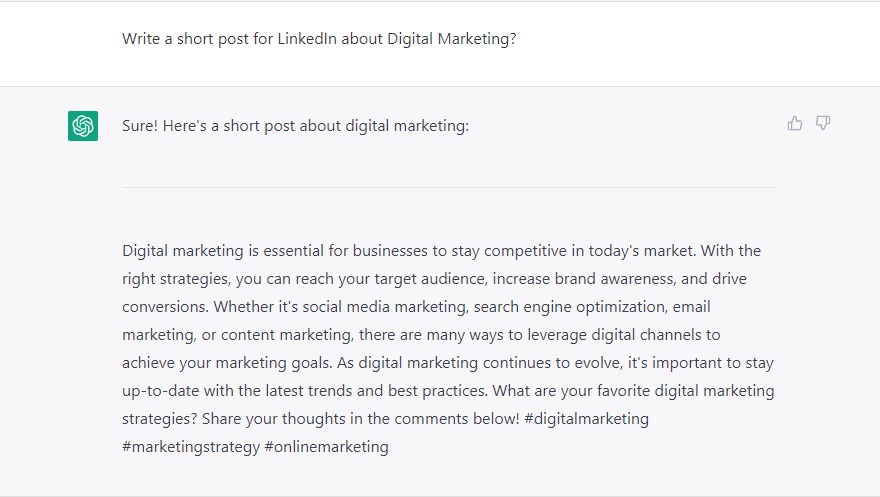
You can also use ChatGPT to create video scripts for platforms like YouTube, TikTok, and Snapchat. Don’t forget to have it include keywords.
For longer scripts, it is best to have ChatGPT generate bits of text and then piece them together, adding your own style.
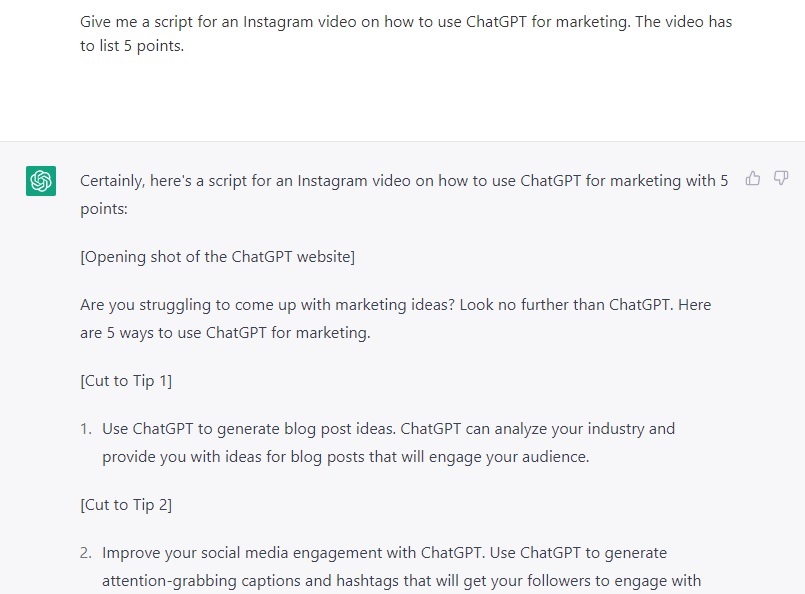
4. Email Marketing
If you're looking to take your email marketing efforts to the next level, ChatGPT is an excellent resource to consider. This tool offers invaluable assistance with email creation and testing, allowing you to design engaging emails that effectively communicate with your target audience.
With ChatGPT, you can look forward to running successful email campaigns that achieve your desired outcomes.
Additionally, automating specific email writing procedures can efficiently reduce the time and effort required to craft high-quality emails.
Here are a few ways you can use Chat GPT in email marketing.
Craft subject lines: With the right input, ChatGPT can create effective and engaging subject lines for different types of emails.
Write emails: You can use ChatGPT to create email templates for different scenarios. All you need to do is give it some background information. Include the target audience and the tone that the email should have. With this, ChatGPT will craft relevant and engaging emails fit for your purpose.
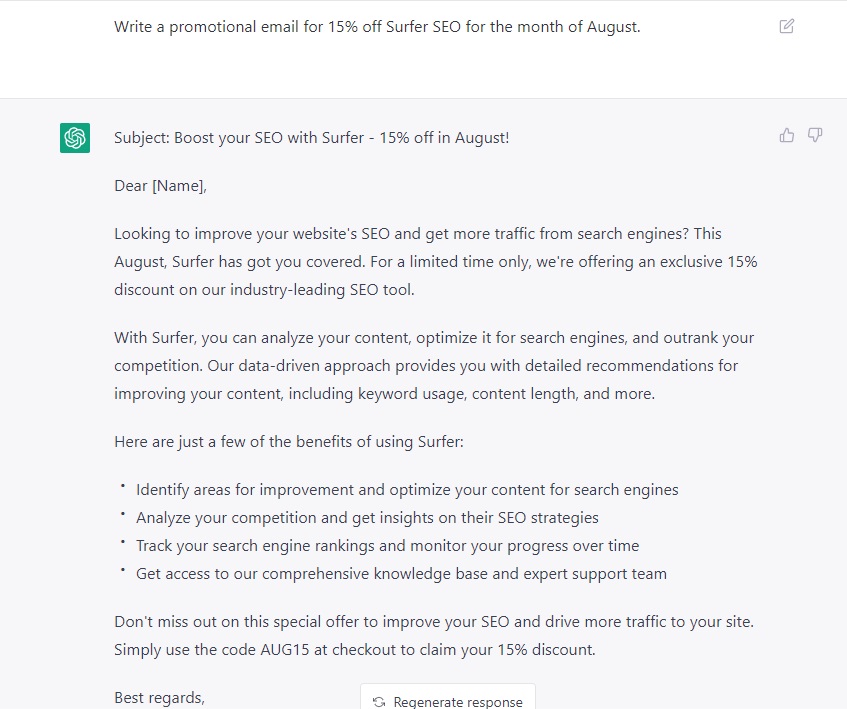
A/B testing: You can use ChatGPT to produce several versions of emails and then conduct A/B testing on them. This approach can also be used for subject lines and CTAs. Additionally, ChatGPT allows you to compare and analyze distinct email variations, offering valuable data on their potential effectiveness.
Personalize emails: By giving ChatGPT enough context and information about the recipient, such as their past purchases, you can get a pretty good email personalized to a specific client’s circumstances and preferences.
5. Understanding Your Target Audience
Getting to know your audience is, of course, very important when it comes to running a successful marketing campaign. ChatGPT can lend a helping hand by conducting audience research and revealing essential demographic, psychographic, and behavioral information about your target audience.
This information may seem basic, but it can make a huge difference in the success of your campaign.
By simply providing some basic information about your business or industry, ChatGPT can determine important factors such as age, gender, location, educational level, and more.
This information can help you tailor your marketing strategy to better resonate with your audience and achieve your desired outcomes.
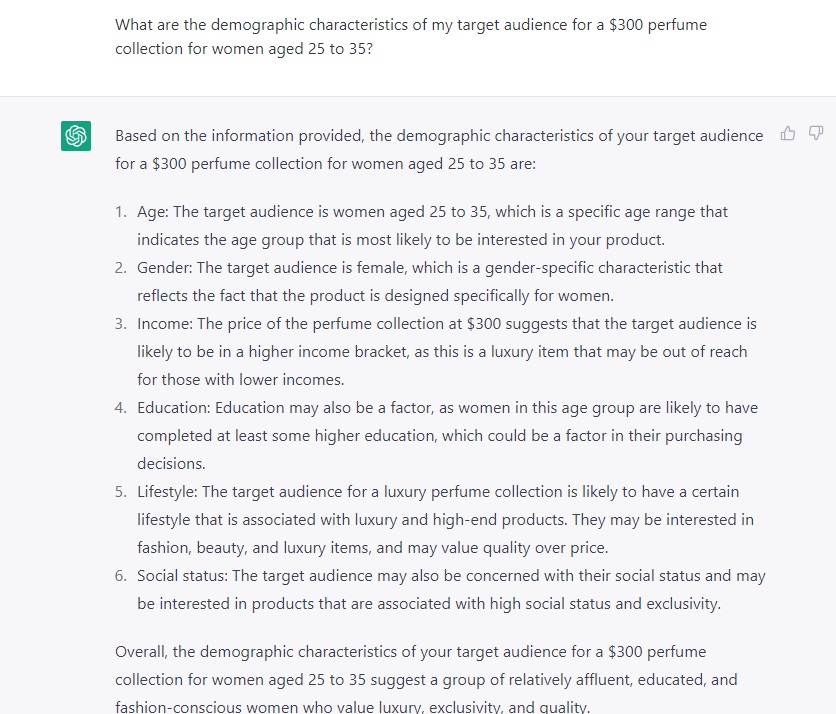
Just remember that ChatGPT has no knowledge about the impact of Covid on our society or the war in Ukraine. It also seems to gear most of its answers toward the US. Still, ChatGPT can offer a good starting point for understanding your target audience.
6. Market Research
Use ChatGPT's vast knowledge base for inspiration – especially when researching a narrow niche or topic.
You can also get ChatGPT to compile a questionnaire or poll for your clients to gain deeper insights into their opinions, preferences, and needs.
ChatGPT can help you frame appropriate questions and suggest the best mediums to conduct these customer surveys.
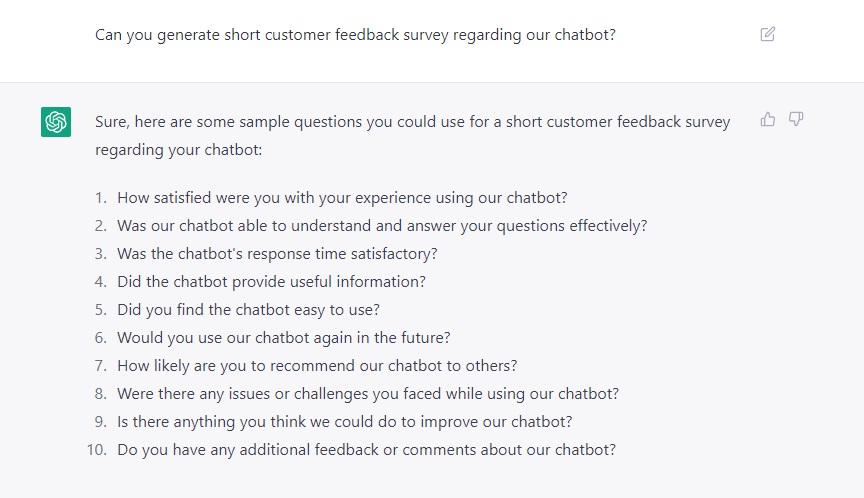
7. Customer Service
If you're interested in improving the conversational abilities of your chatbot, ChatGPT is a fantastic resource to explore. This innovative tool can help suggest appropriate and conversational responses for your AI chatbot to use, ensuring that your customers or clients receive high-quality and engaging interactions.
By leveraging the power of Chat GPT, you can elevate your chatbot's abilities, leading to positive customer interactions and increased customer satisfaction. Whether you're looking to improve the functionality of an existing AI chatbot or build a new one from scratch, ChatGPT is an essential tool to have in your toolkit.
ChatGPT can also create a great user experience in over 90 languages, so your client can communicate in the language of their choice.
Just be aware that integrating ChatGPT into your website is not a trivial exercise and requires technical know-how. It may also negatively affect the speed of your website.
You can also use ChatGPT to improve your customer service emails. Responding to emails from upset or disgruntled customers can be difficult. Use ChatGPT to answer an email so tactfully that even a cancellation might still generate future business.
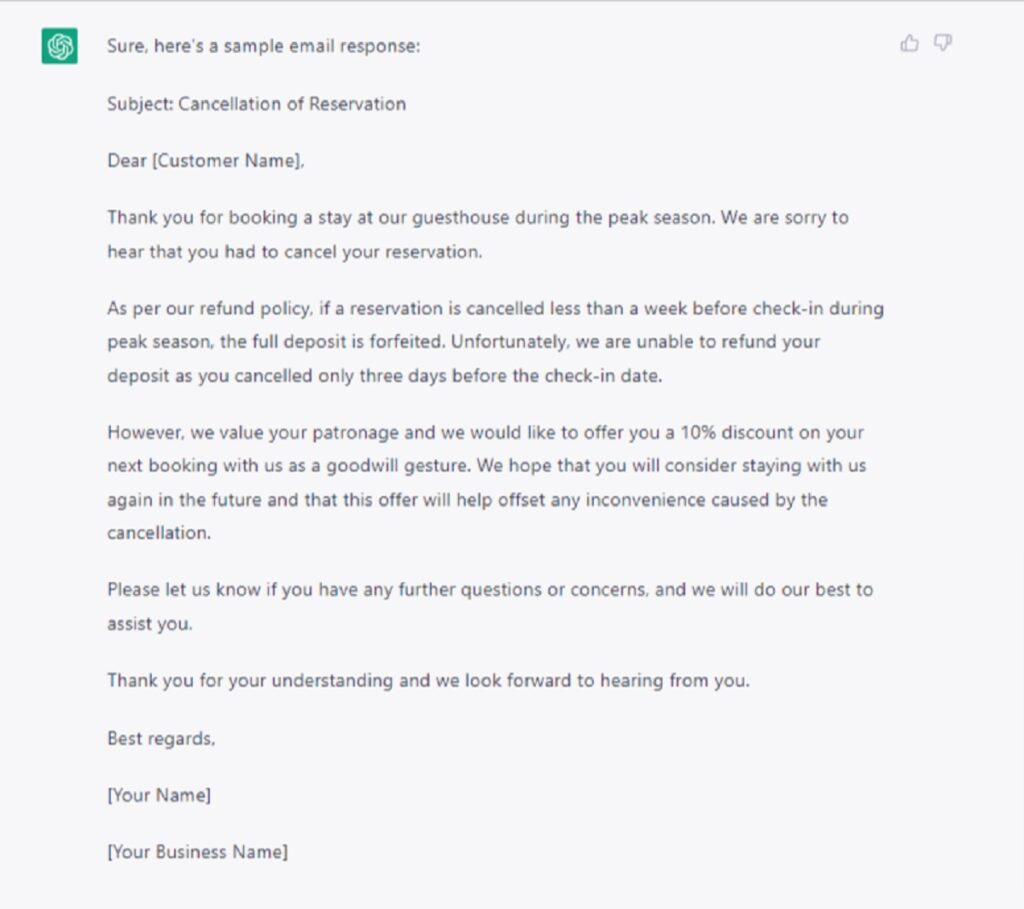
It is also a good idea to keep such emails and use them as templates for future customer queries.
Here is a visual look at how to use ChatGPT for customer service.
Using ChatGPT for Marketing – Best Practices
Nobody likes having the wool pulled over their eyes. If your marketing strategy uses artificial intelligence for customer engagement, always be transparent with your customers.
Honesty builds trust and lasting relationships when it comes to business.
Ensure customer satisfaction by always using best practices when you use ChatGPT as a marketing assistant.
- Be upfront about the fact that users are interacting with an AI language model. This will help set expectations. And don't use ChatGPT to replace human interaction. Your customers might still want to speak with a human assistant for more complex issues.
- People are more likely to engage with ChatGPT if the information it outputs is useful and helps them. Make sure your content is informative, relevant, and helpful to your audience.
- Make sure the content in your messaging is conversational. This will stimulate user interaction. Avoid using formal language or technical jargon that might be off-putting to your audience.
- Don't spam users with promotional messages or irrelevant information to get attention. There is no faster way to irritate a user than by forcing customer interactions. All this does is harm the user experience.
- Follow data privacy laws and best practices at all times. Be transparent about what data you collect and how you intend to use it for marketing purposes. Include quick and easy options for users to “opt out” or delete their information.
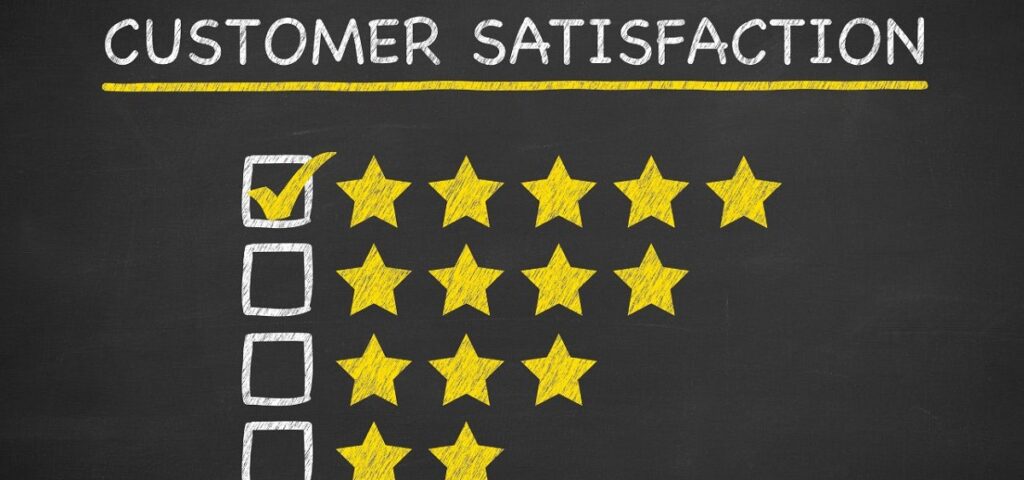
The Best Alternative for ChatGPT for Marketing
What happens if the free or paid-for versions of ChatGPT don’t make the grade as your marketing assistant?
While ChatGPT is one of the most popular AIs out there, similar chatbots offer more specialized alternatives.
One that specializes in business language is Jasper AI.
Jasper uses the same extensive language model ChatGPT does. But, while ChatGPT is a powerful generative AI better geared at general conversational interactions, Jasper is built for business and marketing.
Jasper's marketing, sales, and social media talents are exceptional.
Jasper also integrates with your Surfer SEO account, so you can use SEO tools when you generate text.
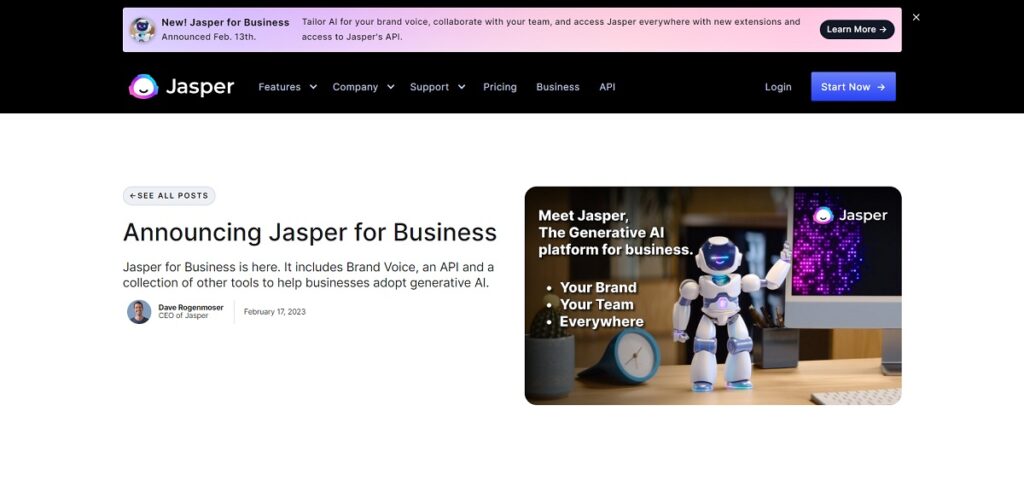
Find out more in our Jasper review.
Conclusion: How to Use ChatGPT for Marketing
In conclusion, mastering how to use ChatGPT for marketing is crucial for success. It is a powerful tool for content marketers to streamline their operations, generate leads, and engage with customers.

By using ChatGPT, businesses can provide personalized customer experiences. This reliability will grow customer satisfaction and loyalty.
When using ChatGPT for marketing, providing valuable information that will empower your customer is important. Doing this in a conversational and non-robotic tone will encourage interaction and create a feeling of trust.
Always be transparent with your customers, avoid spamming them, and ensure the privacy and security of their data at all times. And keep up with trends by testing and optimizing your messages as you go along.
To sum it up, using ChatGPT for marketing purposes saves time and can give you a competitive advantage when it comes to digital marketing. So don't get left behind; give it a try!
The post 7 Great Ways You Can Use ChatGPT for Marketing appeared first on Niche Pursuits.


